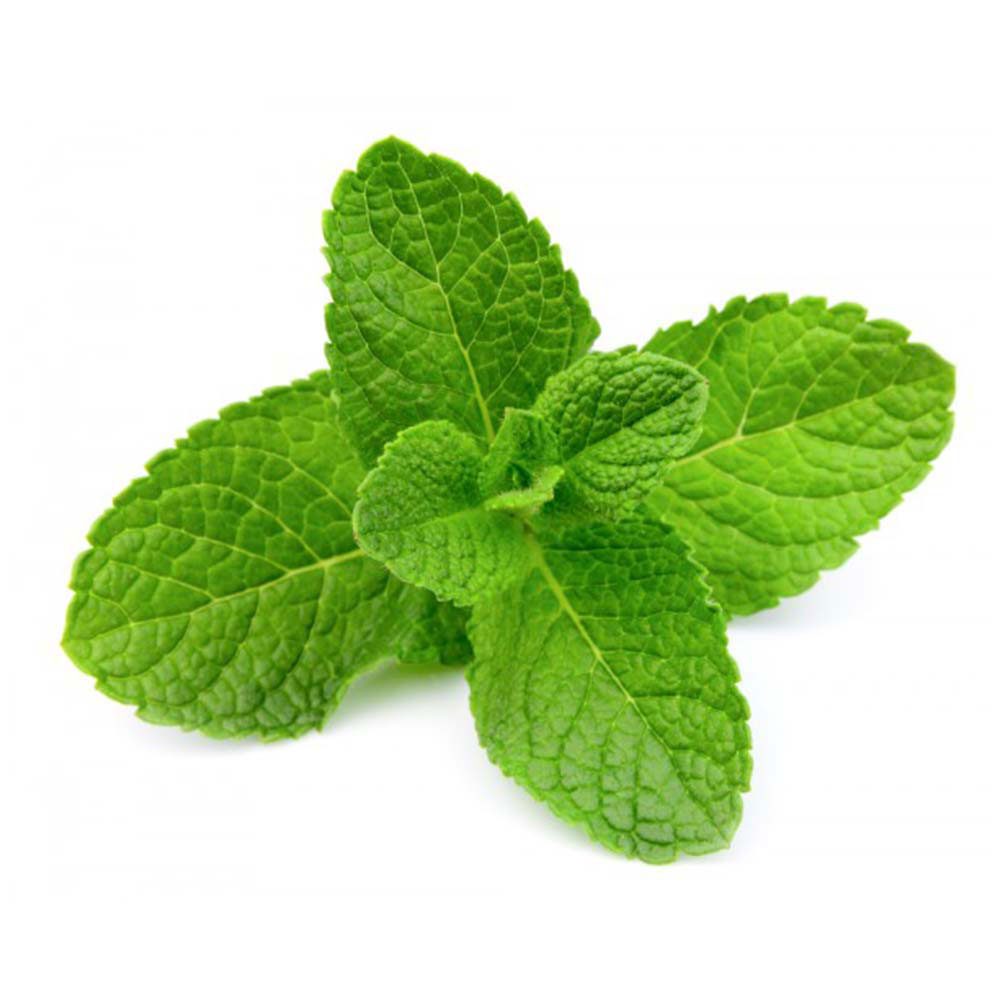Hello, last night on a whim, I pulled the cord and finally am making a push to use Linux exclusively. I am not the most knowledgeable when it comes to Linux but I can hold my own enough.
EXCEPT when it comes to mounting drives and making them work with programs. I’ve gotten them wiped and mounted, but steam does not see them as internal drives and at each reboot, they or any games I put on there are gone from steam. They also do not show up with their names I’ve given them during formatting.
Would adding them to fstab fix some of these issues? I know they would at least be mounted before I ever open steam. So maybe there is a chance?
For more info, these are two Samsung 800 series SSD drives. One 250 GB, and the other 500 GB. These are games only SSDs as it’s their only job.
I am on elementary OS version 7.
Any help will be very much appreciated. Thanks for anyone who takes the time to respond.


Maybe add the recursive option to change all dirs?
sudo chmod -R ugo+wx "/where/the/drive/ismounted"Would that be persistent for all files/folders created after the change is made? Or just existing files/folders?
You do a
chown -R myuser:mygroup /targetthen a
chmod +rwx /targetso /target belongs to you and you can do anything you want in it. Who knows, maybe steam checks that only you has the privilege to read/write in it? (to protect your credit card information, registration keys, licenses… or whatever of value that could be in these folders? That would be a possibility that you have to take into consideration when money is involved. Anyway this is a safe and clean procedure to operate with mount points.
In the future your process steam will be run as yourself, writing and reading as if it was yourself, in a folder where he has all the rights to do so. Since he can only write files and folders as yourself there should be no problem anymore. So you will be fine.
The better solution on that second command (chmod) would be
chmod -R u+rwX /target -R : recursive, affects all files and subdirectiories u: current user (who just took ownership of everything with the previous command) +rwX: add read access, write access for all files and directories. Adds execute (list/traverse) access for directories onlyThat covers existing files/directories and anything new.
Of course, if the permissions are all screwed up now, one might have to run these with sudo!
More generally, the permissions on all new files/dirs are controlled by the umask command:
https://www.cyberciti.biz/tips/understanding-linux-unix-umask-value-usage.html